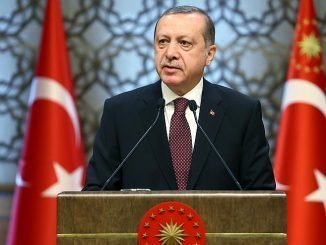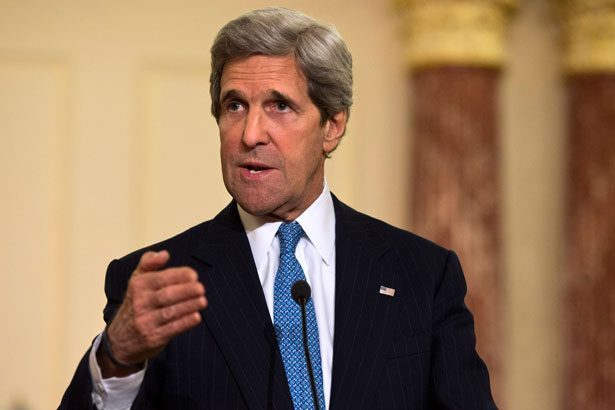
For instance, Zbigniew Brzezinski, one of the important figures shaping the U.S.’s foreign policy, is one of those who made this suggestion. In an interview with David Rothkop of Foreign Policy in 2014, Brzezinski, stating that the religious association rising in the Middle East is a fundamental motif of political movement, emphasizes the similarity of this to the Thirty Years’ Wars and says that the solution lies in a Westphalia-like division.
In an interview with USA Today in 2014, former CIA Director and U.S. Secretary of Defense Leon Panetta made the same comparison and stated that the outcome of the U.S. administration’s leadership test depends on this.
In his 2014 Huffington Post article titled, “How Will the Mideast War End? Christian History May Provide a Clue,” Pulitzer award-winner Jack Miles, who is one of the numerous Western political commentators expressing the same views in different sequence of statements, says: “The Peace of Westphalia re-drew parts of the map of Europe. Peace in the Middle East may yet do the same.”
Yet the most concrete proposal comes from Henry Kissenger, one of the very few people who have been shaping the U.S.’s foreign policy for half a century. In “World Order,” a book he wrote in 2014, Kissinger allocates a long section to this topic and says that Christian groups in Europe killed each other for years throughout the Thirty Years’ Wars, but in the end they had to coexist.” “Together, but separate…” Stating that the solution for the Middle East lies in a Westphalia-like peace, Kissinger assigns the responsibility of doing this to the U.S., which it awarded the contract to restore the “world order.”
Yes, as a result of the Peace of Westphalia that came with a series of agreements signed in 1648, the Sacred Roman-German Empire was defeated by sovereignty/autonomy and secularizm. Westphalia was also where the nation-state system emerged. In addition to this, the framework of the current world war and the norms of international law were also established based on the principles adopted in Westphalia. Let us assume that we accepted to be divided without mentioning Sykes-Picot and the already divided geography is divided once more with a Peace of Westphalia-like agreement. Will there really be peace in the Middle East?
The answer to this is hidden in the question, “Had peace come to Europe after Westphalia?” Following several regional wars like the Nine Years’ War after Westphalia, the Napoleon Wars, which would be followed by tens of wars and revolts, land fights and nationalism would increase. And these would lead the way to the most frightening war in history to date, World War I. Europe’s quest for dialogue and integration would be considered as a remedy for the rising nationalism, yet it would be late and World War II would happen. However, the European Coal and Steel Community that could be founded only years later would form the foundation of the European Economic Community and the current European Union. In other words, peace would come to Europe only once unity and solidarity could be installed. What lies behind the recent concern about the collapse of the EU is nothing other than the thought of returning to the old terrible days.
It is interesting how the West’s prominent names made similar suggestions in 2014, as if to have made an agreement, because in December 2014, Daesh had sieged Kobani. And hence, the process of the legitimization of the Kurdistan Workers’ Party’s (PKK) Syrian wing, the Democratic Union Party (PYD) in the West within the scope of the fight against Daesh, and the visibility of the plots to divide Syria followed by the division of the region had started. This is the reality behind Ankara’s frequent emphasis on Syria’s integrity with the Euphrates Shield positioned in Jarabulus last week.
The West really does want to divide us and does not hesitate to say this openly. In fact, it does this with the claim that peace will come to the Middle East, but in reality it is dragging us and the rest of the world into a more frightening whirlpool. The real solution, as can be understood from Europe’s mistakes as well, lies in unity and solidarity. But it is again unity and solidarity in the Middle East and Muslim world that is unwanted and the reason all this is happening: this truth is now visible to the naked eye.
*Merve Şebnem Oruç is a Turkish journalist and columnist.
(Published in Yeni Şhafak on Thursday, Sept. 1, 2016)



